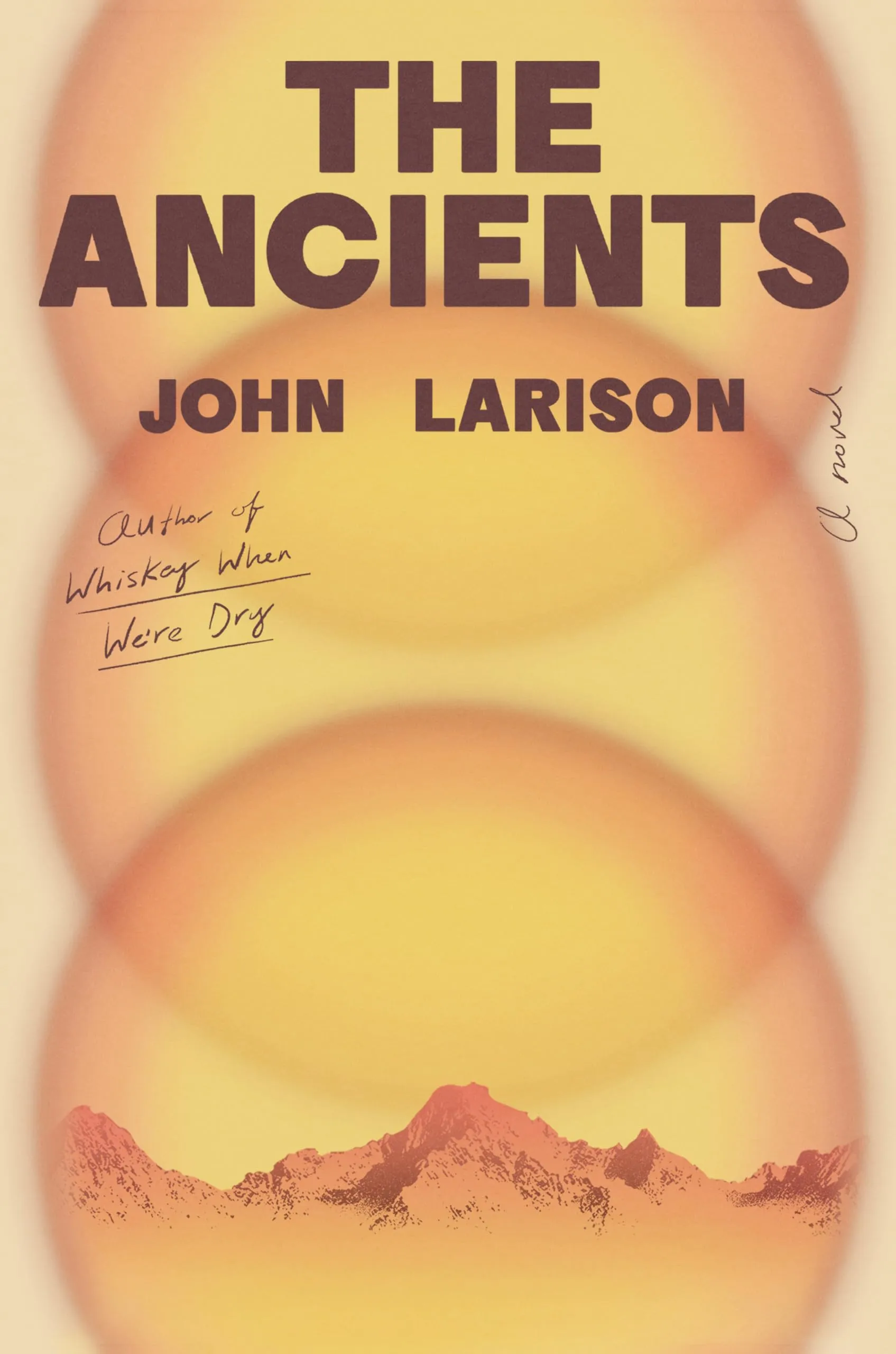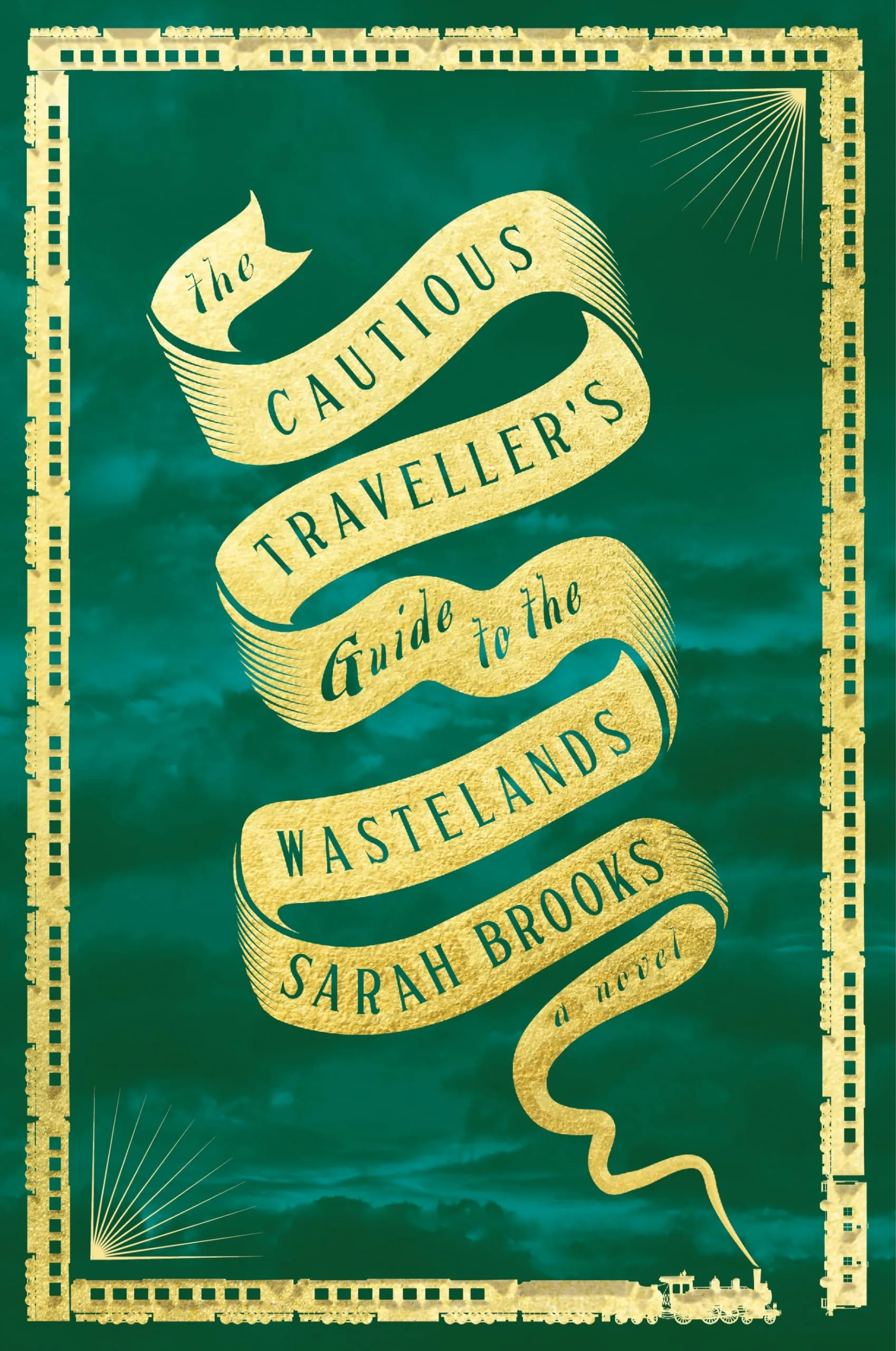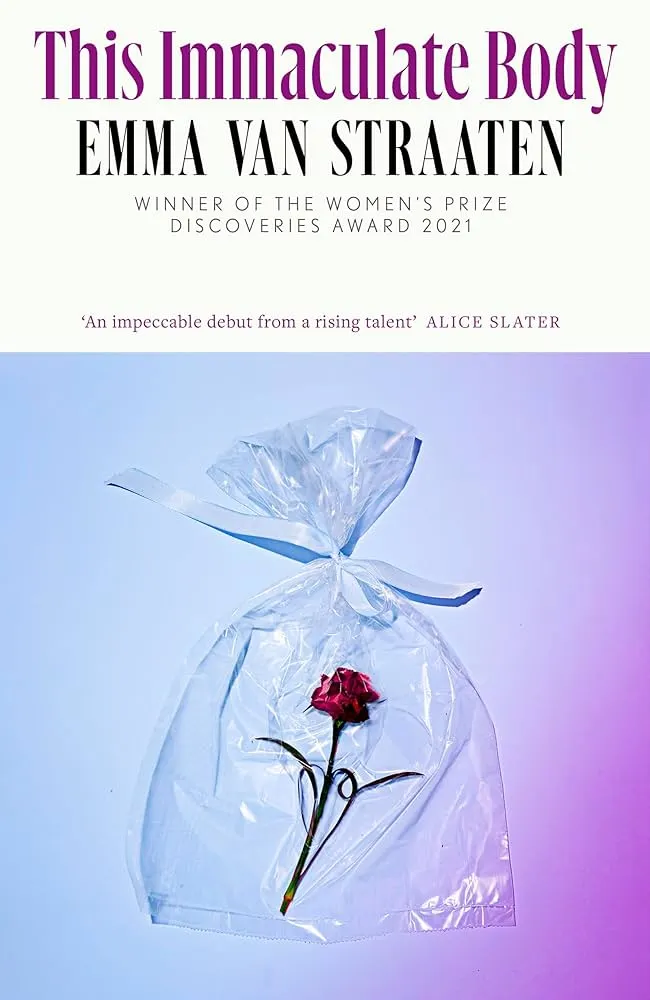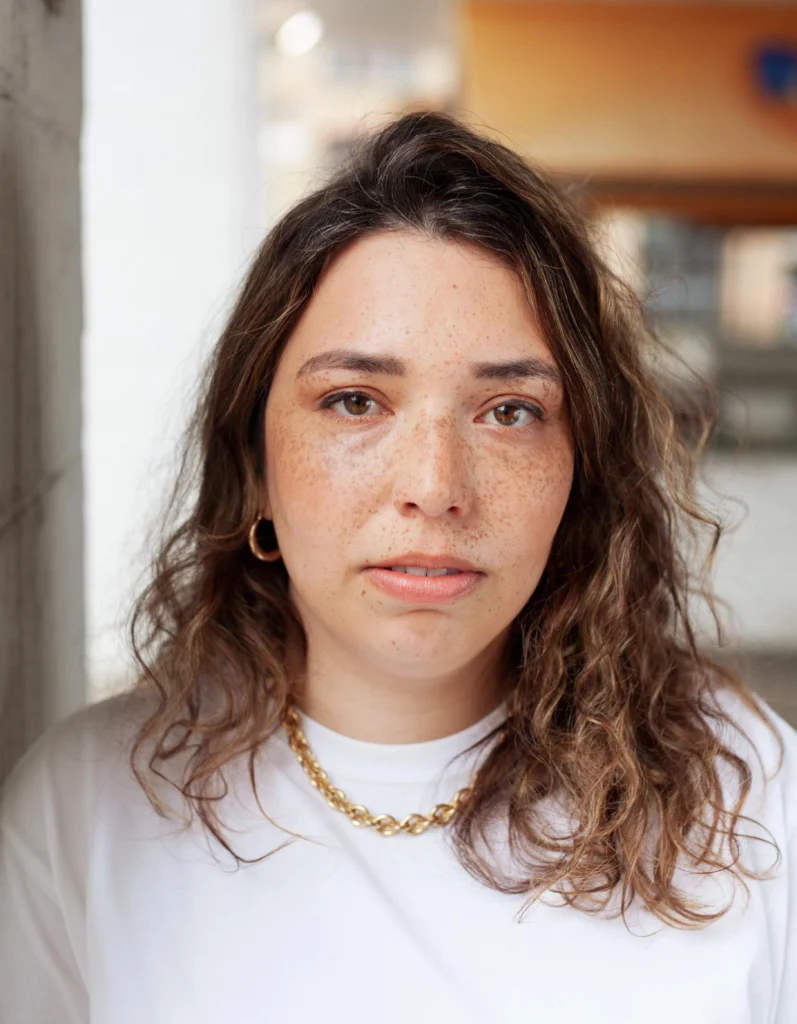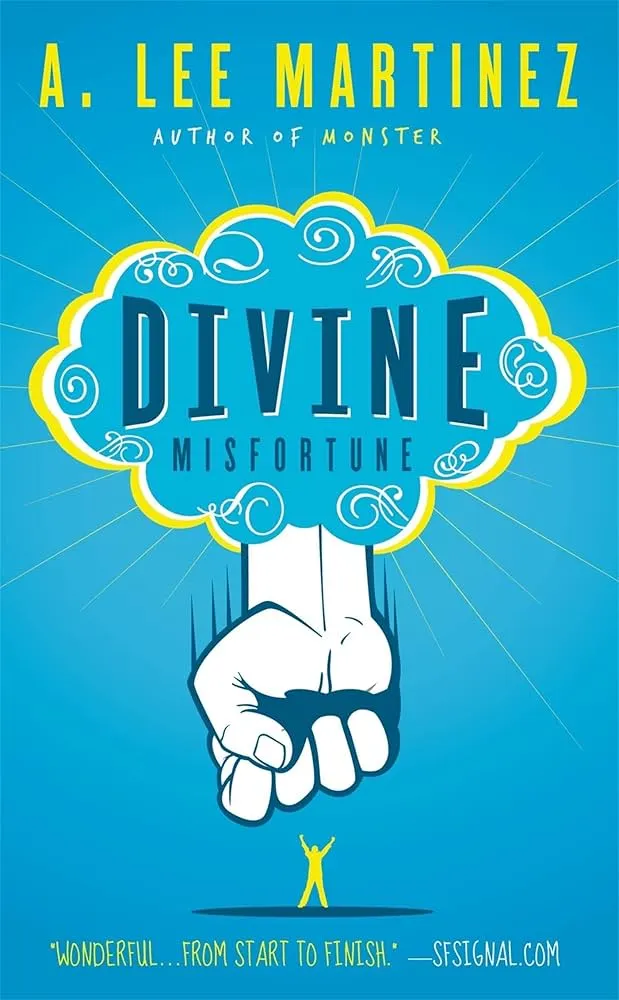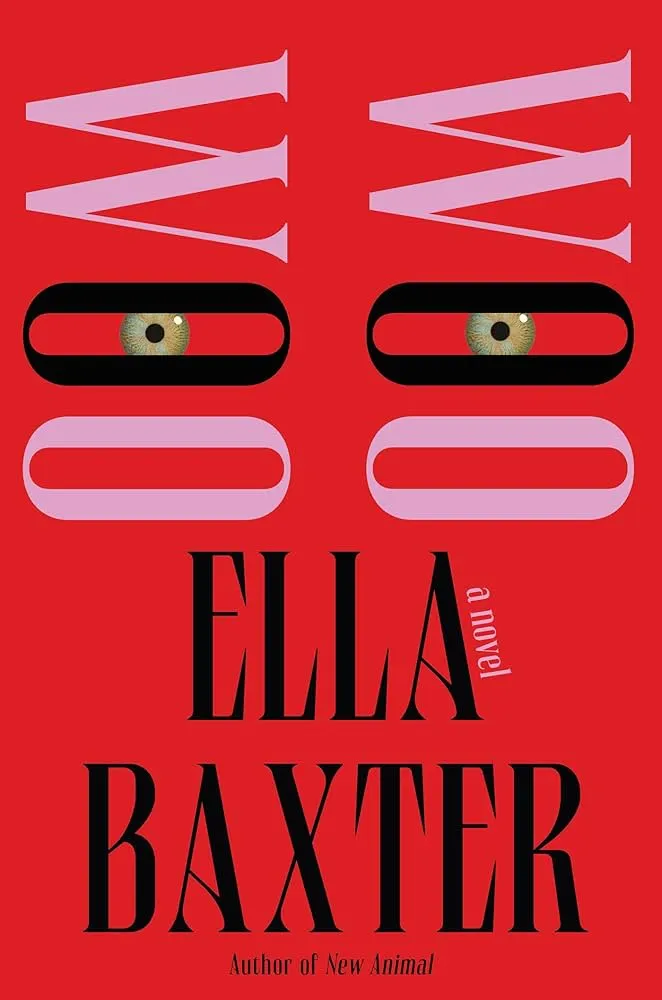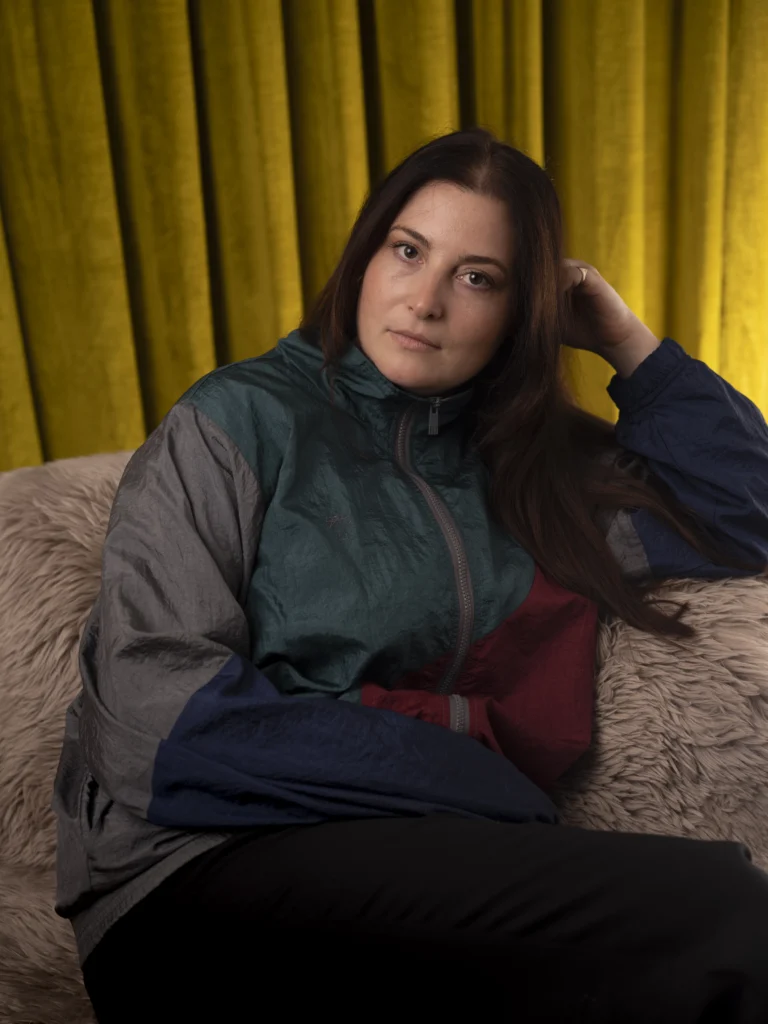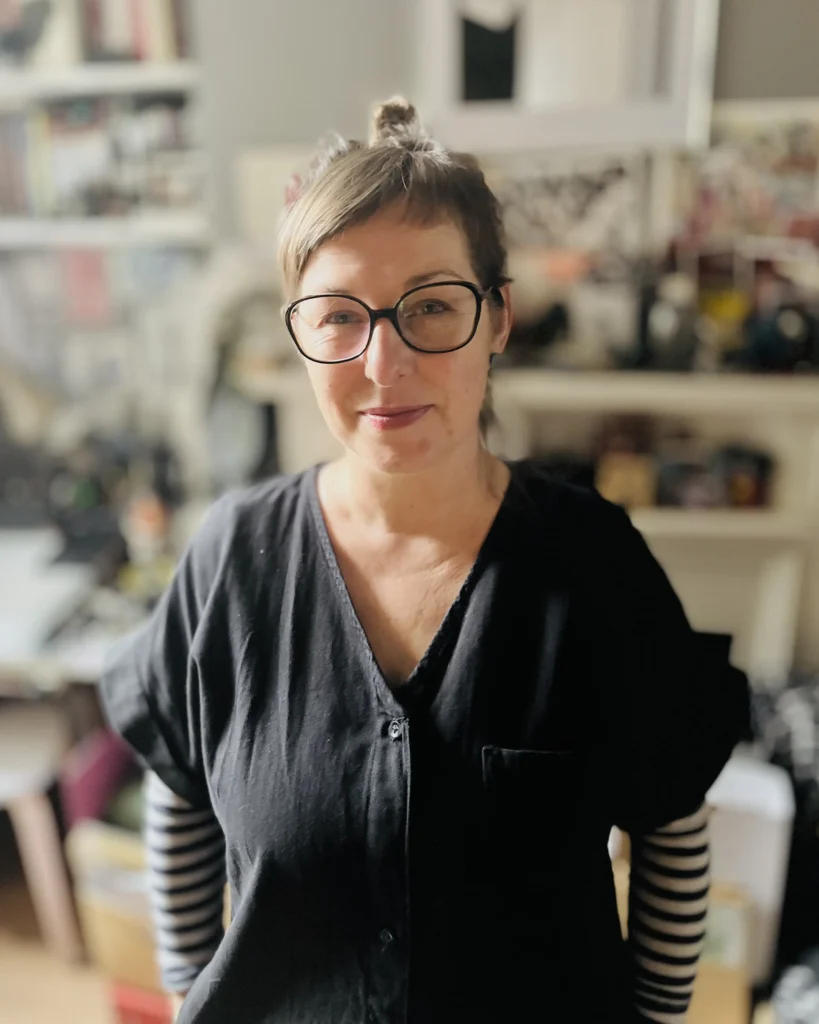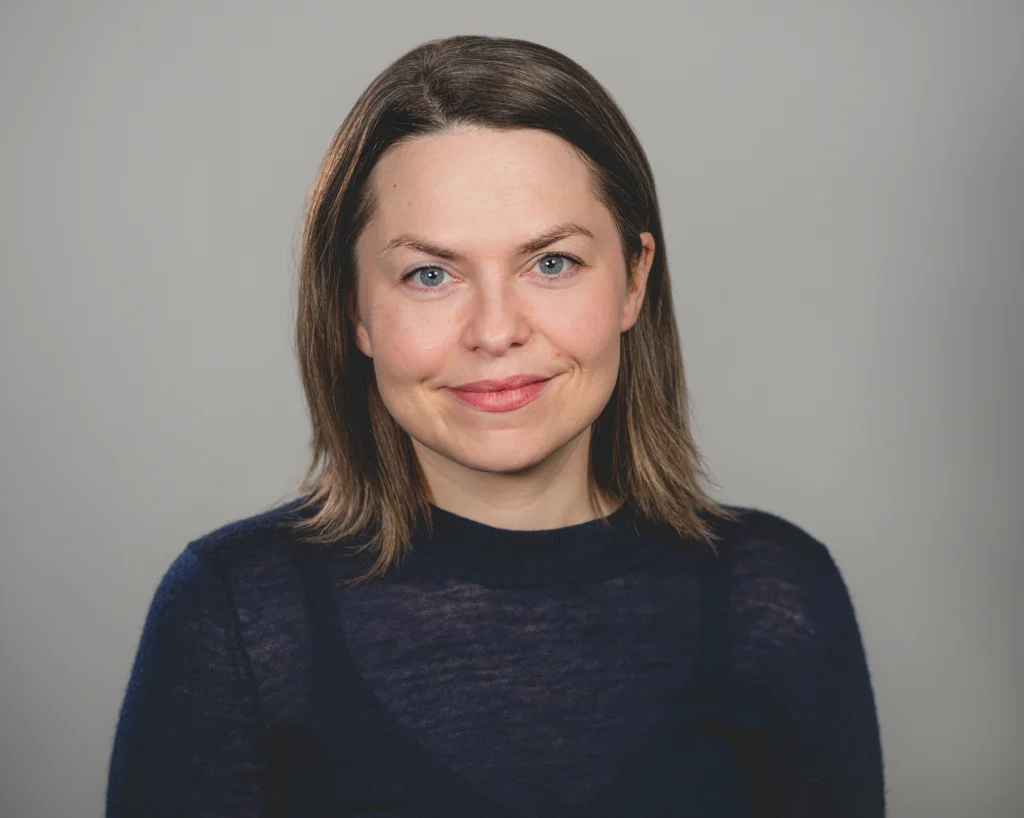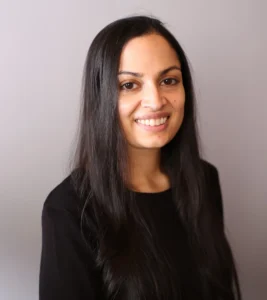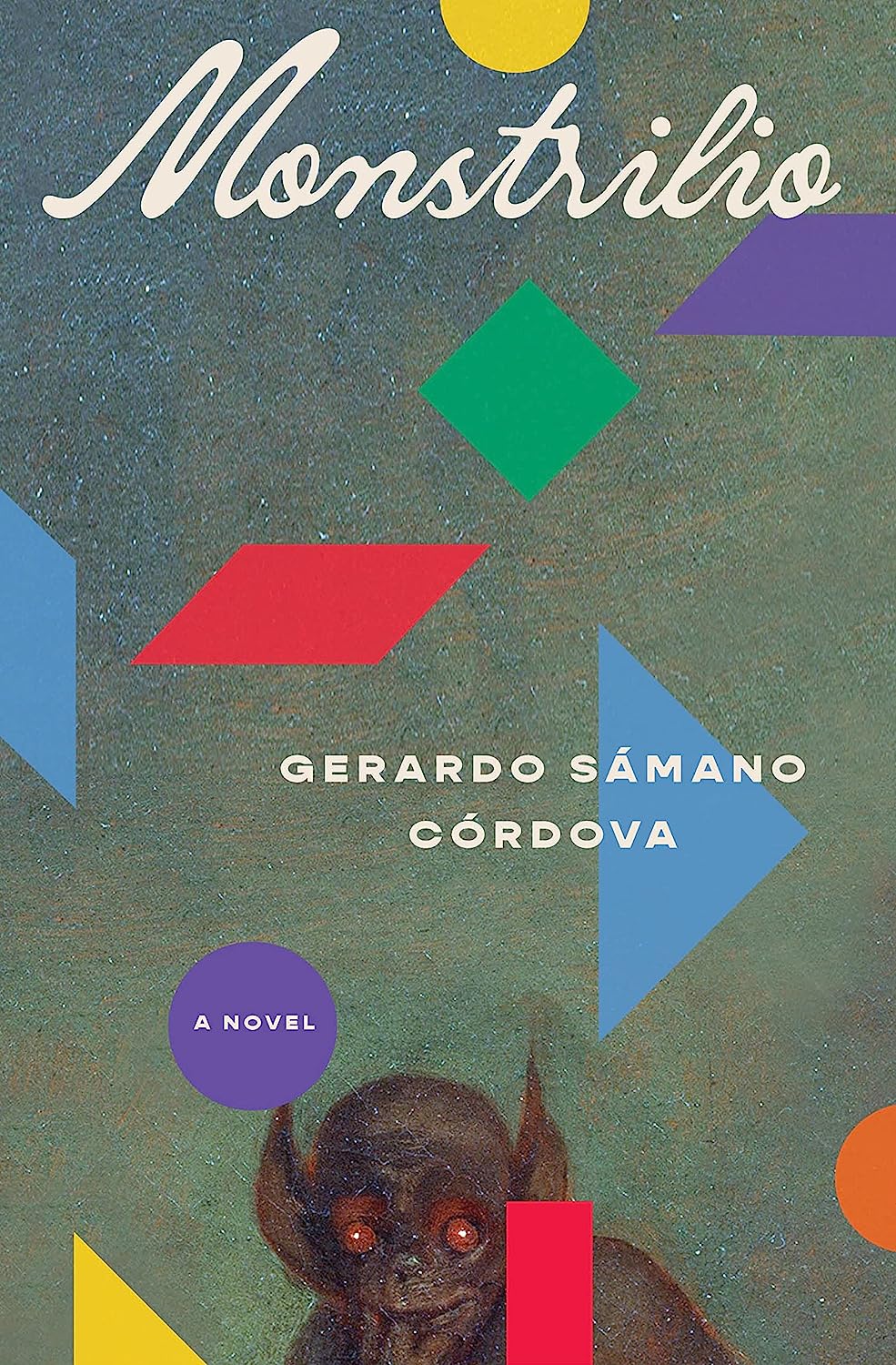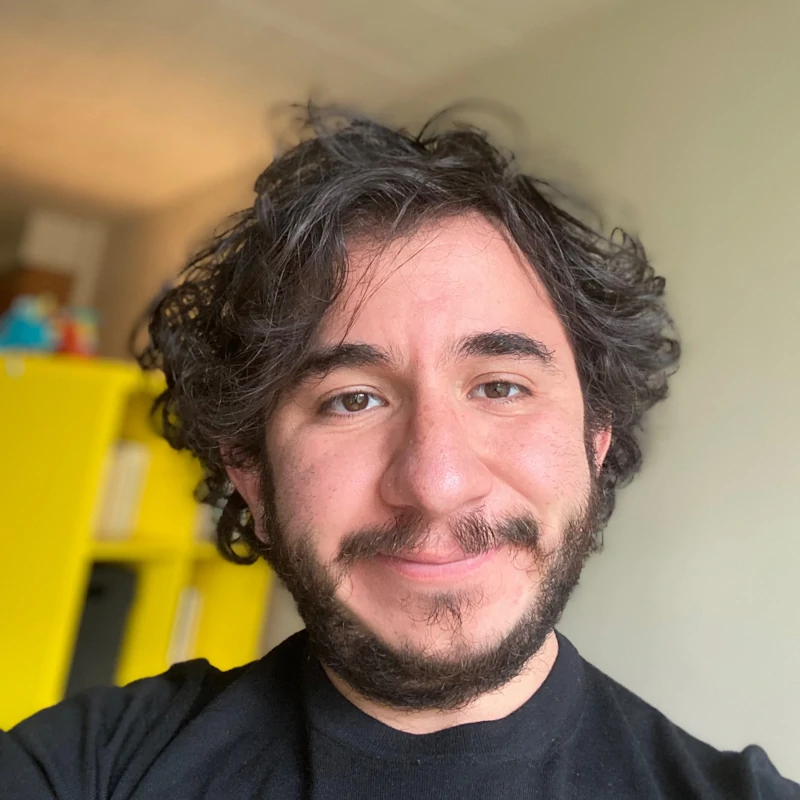In your story “Speech Lessons,” words are a conduit for the narrator’s healing from a broken relationship through the act of teaching, yet words are also a reminder of that loss, representing those unforgettable “small truthful darts” of pain. This is such a natural tie-in between the subject of the piece (the literal speech lessons) and its deeper themes (grief, healing, and the complexity of relationships). From a craft perspective, how do you approach interweaving story elements like these?
Thanks for this very insightful question! In many ways, I think developing a good story idea is like rolling a snowball in how it accrues meaning: it often begins with just one element, detail, scene fragment, or something that compels us to keep exploring, and eventually other stuff sticks to it, and it grows. In the case of “Speech Lessons,” I began with a challenge to myself to incorporate tongue twisters (which I’ve always loved) into a story, and I had fun trying to make that work, while the deeper meanings and parallels revealed themselves as the story grew. I find that’s often the case: if the premise is clear and well-set up and has some legs, different threads come naturally.
I admire how specific your writing is at the sentence-level. In “Speech Lessons,” there’s that beautiful specificity of the pennies and the exactness of the instructional phrases; in “Men,” it’s the details of the pink banana seat bikes and the “chit chit chit sound” used to speak with the chickadees; in “Box of Ghosts,” it’s the visceral, bizarre, and lovely image of the turtle’s “shell, orange and black” as the narrator gazes down into the box. How do you come to these incredibly vivid, specific details, and how do you decide which ones are necessary as you revise your writing?
That’s a great question, and one that I’d say has a two-part answer: In any first (or early) draft, the way I choose (or happen upon) details feels a bit amorphous and has a lot to do with surrendering to the early draft process, to how ideas flow, and what might emerge. At this point, I’m not fully assessing each detail, but more so open to seeing what bubbles up, what wants to come through. I’m often surprised by the aptness of some of these early-draft details, and actually, all the ones you mentioned are first-draft details that made it through to the final draft. Though moving into later drafts, once the overall shape of the story is in place, every detail needs to be doing some heavy lifting, and at that point I will scrutinize each detail and “audition” them, so to speak (i.e. make sure they are the best fit out of all possibilities available). This is especially important for short and flash fiction, where space is so limited, and where each detail is often doing multiple things at once.
I keep returning to “Box of Ghosts” and the full-circle moment at the end of the story—the realization as to why the box is passed on, the implication that perhaps we cannot look too closely at grief and loss. I think this was brilliantly developed, and I’d love to hear about your writing process for a story’s ending. When do you know you’ve found the finale of a story?
For me, an exciting story idea is one where the concept—specifically, what’s at the heart of the story—feels clear as well as complex, with multiple branches and leaves, and where I often feel the DNA of the ending embedded, too—in the initial concept. In this way, I often have a sense of the shape the ending might take even from my first sketches of the story. I’m not a very linear writer, and different parts of the story come to me separately, sometimes all bunched up together, in a very rough, impressionistic form. And, of course, getting a sense of the shape of the story, or the shape the ending might take, still leaves lots of possibilities open. The best endings I’ve written didn’t come about through planning or an overly analytical approach, but more intuitively. George Saunders also makes a wonderful point about endings in his essay “Rise, Baby, Rise!” where he discusses Donald Barthelme’s “The School”: That the work of the ending happens in the middle, and if a story does the work it needs to by the middle, it can have almost any ending it wants. I’ve always loved that and find it hopeful and true.
You’re currently writing two novels—can you tell us anything about this? How do you balance projects? How do you shift from short-form fiction to long-form?
Yes, two novels both in-progress, and both for a number of years now. How to Survive on Land is about two half-mermaid sisters, based on one of my first published short stories of the same name (in the New Ohio Review). And The House of Love is a haunted, gothic, ghost story about art and mortality. I definitely would rather not have two novels in the works at once like this, yet both have insisted on their existence to me over the last several years, and I’m honestly so excited about both that there doesn’t seem to be another way. I have the distinct sense of needing to capture these long-form stories before the excitement I feel for each dries up, or changes significantly.
Though in general, I do work on many projects at once: these two novels, as well as a number of short stories, and I cycle between them all, giving space to the ones that need it, and working on the ones where I feel the strongest pull and excitement that day, for as long as I can. Sometimes I’ll spend longer stretches on a certain piece. If I sit down to work on my novel that day, that’s pretty much what I’ll work on, possibly the next day too. Though when I get stuck, rather than trying to force it, I’ll switch to working on something else, and come back to the other project when something shifts, which it very frequently does. I find it’s never the wrong choice to follow these currents of inspiration, as that tends to lead me to my best work. However, in the final stages of a story, I go into an almost fevered, obsessive state of revision where I live and breathe that story.
As for switching between short-form and long-form fiction: This isn’t that challenging for me, as I tend to hold my novels in mind via smaller story chunks, so even though pacing can feel different between short- and long-form writing, it just takes getting into the flow of that particular project to make that switch.
I greatly admire your work as the founder of the Pioneer Valley Writers’ Workshop. This is a great educational and community-building organization, providing writers with a valuable environment for literary growth. How do you think your involvement in this project has helped shape or define your own writing or aesthetics?
It’s pretty amazing to me what I’ve learned throughout the whole process of PVWW’s growth, from just me to a full-fledged organization with so many talented instructors, students, and communities involved, and I’m continually grateful. I think more than anything, being surrounded by a writing community like this—writers of every style, genre, background, all working on their projects and bringing them to life—feels incredibly motivating and inspiring and makes me want to write more and keep growing as a writer. Of course, time and solitude are important so that we can actually write, but I think what PVWW has helped me be aware of, too, is that if you nurture the social side of your writing, the communal aspect, you’re often more inspired and mentally able to sustain the work that’s required.
Many years ago, you published a story with F(r)iction. Has your approach to speculative fiction changed since then, and if so, how? What does speculative fiction mean to you now?
One of the most important things about speculative fiction, that I’ve come to understand more deeply over the years, is that the best speculative stories are never first and foremost about the magic itself, even though that can be what initially draws us in. When I look at some of the truly fantastic fabulist and speculative writers who’ve inspired me—Aimee Bender, Karen Russell, Angela Carter, I’ll even add Gabriel Garcia Marquez, and Hans Christian Andersen—the magic, the unreal element, is always in service of some deeper, emotional struggle, some truth about our existence, the world, suffering, etc., that is actually made more poignant and powerful because of a metaphorical approach. Speculative fiction, then, is about the power of metaphor; the power of giving tangible form to something that feels otherwise inexpressible, emotional, immense, and that somehow, by stepping slightly outside of the real, we can better give voice to these truths.
I’d also say that what’s changed over the years for me is a deepening of my understanding of narrative in general, and a sense that I can better develop a story idea and move through all parts of the process, simply because I’ve done it more times at this point, and I recognize the different stages of the process and struggles at each one. Yet each story is still very much its own puzzle, its own paradox, with its own set of problems and eventual solutions. I would also say that I make less of a distinction between speculative and realism than I once did, and my focus is more on if a story is accomplishing what it’s setting out to do, and that may involve magical and fantastic happenings, or not.
I’d love to hear about your recent experiences at writing residencies such as The Kerouac Project and the Ragdale Foundation—and also your guidance for writers hoping to attend residencies.
In a word, both were incredible. The Kerouac Project was unique in that I was the sole writer-in-residence at that time, yet it also has a warm, eager community of writers and literary folks that orbit around it, and I really enjoyed being a part of that. I absolutely loved living in Orlando, and it actually became the setting for the novel I was working on while there (a mermaid story, so water was very central). Ragdale was an equally surreal experience. Between the hundreds-of-years-old estate, hours of writing time, the delicious dinners, protected prairies and trails, and the small group of other writers and artists, it was pretty close to writer heaven.
I encourage everyone who might need more focused writing time (and community with other writers)—and who is able to take the time away—to research and apply for residencies! There are a lot out there—different lengths of time, different living arrangements, some with costs involved, yet the fully-funded opportunities of course are the more competitive ones, and the ones I’d recommend trying for. With almost all writing-related applications, the work sample is most important, so make sure you’re showcasing strong work that has been revised and honed, not the newest, roughest chapter or story you just wrote. Also, it’s helpful to include work samples that hook readers quickly, that pop a little, or that have some movement or action early on. Remember, readers are reading through many applications at once. Make sure you’re making it clear why you and your work need this opportunity; if there’s anything timely or of-the-moment about your work; and also that you’re being as flexible as possible with the dates of your availability. My Substack (Alone in a Room) will go into more detail and recommendations about applying for residencies and other opportunities soon, so find me there if you’re interested in hearing more on all of this!
Based on your experience, what advice do you have for writers seeking publication for their short fiction and/or writers who are querying agents?
Before submitting short fiction to literary magazines, make sure the piece is ready, the absolute strongest it can be. You only get one shot to send X piece of writing to Y journal, so you owe it to yourself and the piece (which you’ve likely labored over for a while) to make sure it’s the strongest version of itself. Make sure the piece has gone through many drafts, with space in between so your critical eye can reset. Read the piece aloud and listen for what jars your ear. When it passes all your tests, send it to a handful of your dream journals (do this research before submitting!) and wait to hear back from these before sending to others. Go down your list from there. My experience on both sides of the writer/editor divide is that good work will get noticed, eventually, with persistence. So, the focus should always be on the work, and publishing will follow when the work is ready.
As far as increasing your chances and standing out in the slush, as a former lit mag editor and admissions board reader, I’ve been struck by how much initial grounding and clarity (or lack of it) plays a role in whether or not I want to continue reading. Do not make a reader struggle to find out what’s going on, who the characters are, where we are, especially when the story hasn’t yet hooked us. Don’t confuse the kind of mystery that pulls us in and makes us turn pages with the kind where we are unmoored and trying to figure out what’s going on. The first paragraph is always about seduction: You want to make it hard for readers to look away, while also demonstrating a command of the basic tools of storytelling. As probably expected, these are connected. It’s also important that the opening of a piece, to a certain degree, makes clear to the reader what’s at stake and why they should keep reading. Stories that do this convince us of their authority, and we want to keep turning pages and feel that if we do, it will be worth it.
Regarding agents: My agent found me from a story in a lit mag, so I’ve never directly queried, although I do know a lot about it and frequently coach other writers through that process. Though before querying, I’d recommend meeting and talking with agents at conferences, such as Bread Loaf or Sewanee or Tin House, where you can connect as people and readers, and where—if there is a connection—it may be more than a flat yes or no.
Lastly, what are you currently reading (or watching, or generally consuming with excitement)?
Like pretty much all writers, I am behind on the reading I want to do, with multiple books waiting on my nightstand and writing table. At the moment, I’m rereading Faith Shearin’s incredible Lost River, 1918, a novel about a family on the edge of a haunted woods where the dead come back to life. I met Faith at Yaddo right before the pandemic—we were neighbors on a reputedly haunted hallway—and have been in awe of her writing and poetry since then. This is her first novel, and every sentence is masterful.


